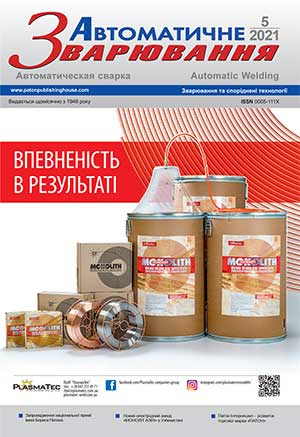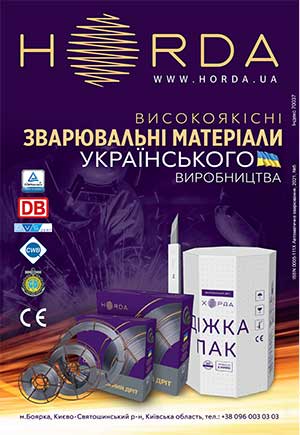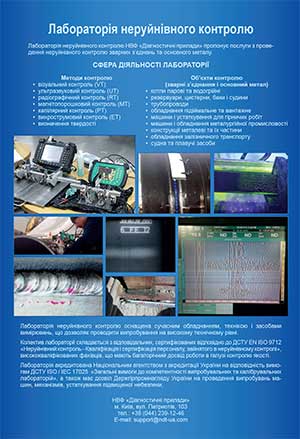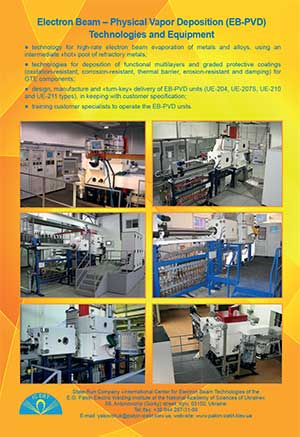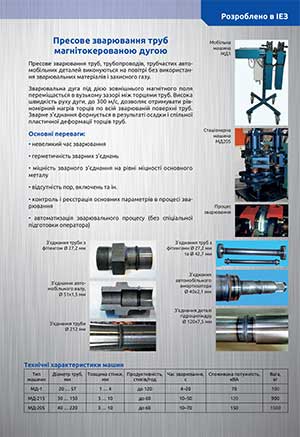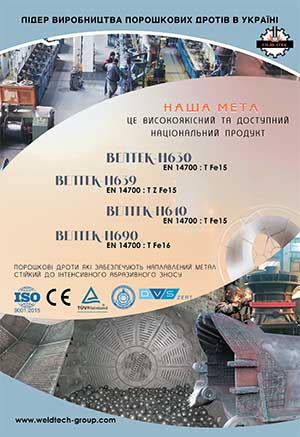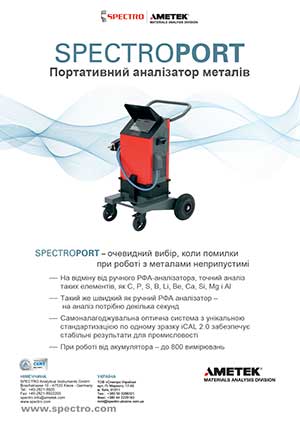| 2021 №05 (08) |
DOI of Article 10.37434/as2021.05.09 |
2021 №05 (10) |
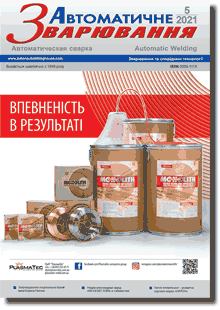
"Avtomatychne Zvaryuvannya" (Automatic Welding), #5, 2021, pp. 56-61
Pulse-plasma modification of the surface of metal stamps of hot drawing of titanium alloy products
Yu. M. Tyurin1, O.V. Kolisnichenko1, V.M. Korzhik1, I.D. Gos1, O.V. Ganushchak1, Jin Ying2, Zhong Fengping2
1E.O. Paton Electric Welding Institute of the NAS of Ukraine, 11 Kazymyr Malevych Str., 03150, Kyiv, Ukraine. E-mail: vnkorzhyk@gmail.com
2Zhejiang Academy of Special Equipment Science. 310016, Jianggan District, Hangzhou, Zhejiang, 211, Kaixuan Road. E-mail: jinying@zjtj.org
The technology of pulse plasma modification of the working surface of the stamp of 4Kh5MF1S tool steel (analogues: in the EU - X40CrMoV5-1; in China - 4Cr5MoSiV1) is considered. The mentioned tool is used for stamping billets of titanium VT6 alloy (wt.%: Al – 3.0…6.8; V – 3.5...5.0; Ti – base), which is performed at temperatures up to 700 °С. The surface of the stamp is heated, which leads to its oxidation and diffusion redistribution of alloying elements. Pulse-plasma stamping leads to the formation of elastic-plastic deformations of the surface layer in tool steel, which in combination with pulsed thermal and electromagnetic effects provides refinement of the alloy structure and intensifies the diffusion mechanisms of alloying elements. Studies showed that the modified layer (over 80 μm thickness) in 4Kh5MF1S steel, formed in the process of pulseplasma treatment, contains up to 2.5% carbon, up to 12% oxygen and up to 3% tungsten. In the mentioned layer the presence of nanocrystalline structures with a size of less than 100 nm was revealed. The hardness of the modified layer is more than 700 HV 0.025. The surface roughness after pulse-plasma treatment did not change. Experience of industrial use of this technology showed that modification of a surface of a stamp from 4Kh5MF1S steel provided its high efficiency at deep drawing of products from the heated (to 700 °C) sheet of VT-6 titanium of 3 mm thickness. 11 Ref., 1 Tabl., 6 Fig.
Keywords: plasma treatment, alloying, tool steels, stamp, titanium deformation, structuring, wear resistance, operability
Received:29.04.2021
References
1. Gusev, A.I. (2009) Nanomaterials, nanostructures, nanotechnologies. 2nd Ed. Moscow, FIZMATLIT [in Russian].2. Tyurin, Yu.N., Zhadkevich, M.L. (2008) Plasma hardening technologies. Kiev, Naukova Dumka [in Russian].
3. Tyurin, Yu.N., Kolisnichenko, O.V. (2009) Plasma-detonation technology for modification of the surface layer of metal parts. The Open Surface Sci. J., 1, 13-19. https://doi.org/10.2174/1876531900901010013
4. Lyakhovich, L.S., Voroshnin, L.G.,Panich, G.G., Shcherbakov, E.D. (1974) Multicomponent diffusion coatings. Minsk, Nauka i Tekhnika [in Russian].
5. Ershov, G.S., Poznyak, L.A. (1993) Structure formation and formation of properties of steels and alloys. Kiev, Naukova Dumka [in Russian].
6. Abboud, J., Benyounis. K., Olabi, A. (2007) Laser surface treatments of iron-based substrates for automotive application. J. Mater. Proc. Technology, 182, 427-431. https://doi.org/10.1016/j.jmatprotec.2006.08.026
7. Cherenda, N.N., Uglov. V.V., Anishchik. V.M. et al. (2005) Structure-phase transformations in high-speed steel treated by compression plasma flow. Vacuum, 78, 483-487. https://doi.org/10.1016/j.vacuum.2005.01.073
8. Rott, M., Raif, M., Igenbergs, E. (2006) Surface modification processes by hypervelocity plasma pulses. Int. J. of Impact Engineering, 33, 691-702. https://doi.org/10.1016/j.ijimpeng.2006.09.035
9. Shmelev, V., Podoynitsyn, S., Vasilik, N. (2006) Application of the ballistic plasmatron of superadiabatic compression for surface treatment. Surface & Coatings Technology, 200, 4939-4946. https://doi.org/10.1016/j.surfcoat.2005.05.014
10. Tyurin, Yu.N., Kolisnichenko, O.V., Tsygankov, N.G. (2001) Pulse-plasma hardening of tools. The Paton Welding J., 1, 38-44.
11. Korzyk, V., Changgen, Feng, Tyurin, Y. et al. (2020) Pulse-plasma technologies of modification and increasing durability of metal working tool. In: The 394th Young Scientists Forum of China Association for Science and Technology, 325-339.

